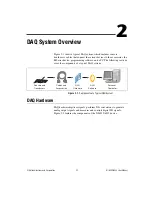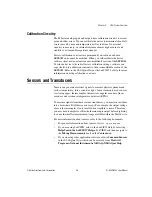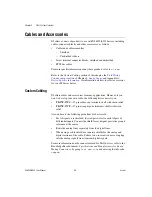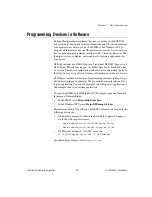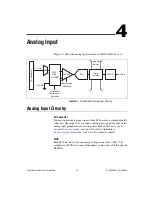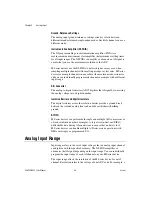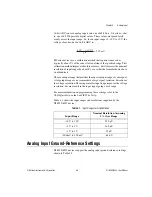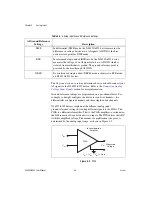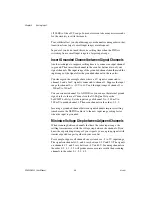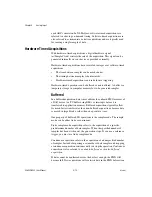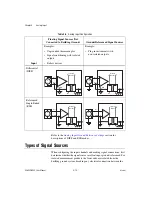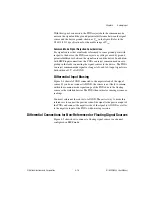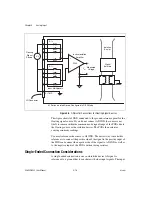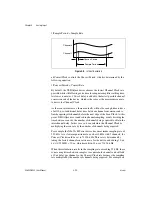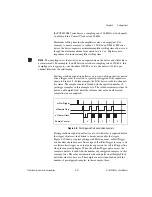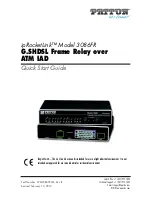
Chapter 4
Analog Input
4-6
ni.com
Figure 4-3.
Enabling Multimode Scanning in LabVIEW
Multichannel Scanning Considerations
M Series devices can scan multiple channels at high rates and digitize the
signals accurately. However, you should consider several issues when
designing your measurement system to ensure the high accuracy of your
measurements.
In multichannel scanning applications, accuracy is affected by settling
time. When your M Series device switches from one AI channel to another
AI channel, the device configures the NI-PGIA with the input range of the
new channel. The NI-PGIA then amplifies the input signal with the gain for
the new input range. Settling time refers to the time it takes the NI-PGIA to
amplify the input signal to the desired accuracy before it is sampled by the
ADC. The
NI 6232/6233 Specifications
shows the device settling time.
M Series devices are designed to have fast settling times. However several
factors can increase the settling time which decreases the accuracy of your
measurements. To ensure fast settling times, you should do the following
(in order of importance):
•
Use low impedance sources
•
Use short high-quality cabling
•
Carefully choose the channel scanning order
•
Avoid scanning faster than necessary
Refer to the following sections for more information on these factors.
Use Low Impedance Sources
To ensure fast settling times, your signal sources should have an impedance
of <1 k
Ω
. Large source impedances increase the settling time of the PGIA,
and so decrease the accuracy at fast scanning rates.


